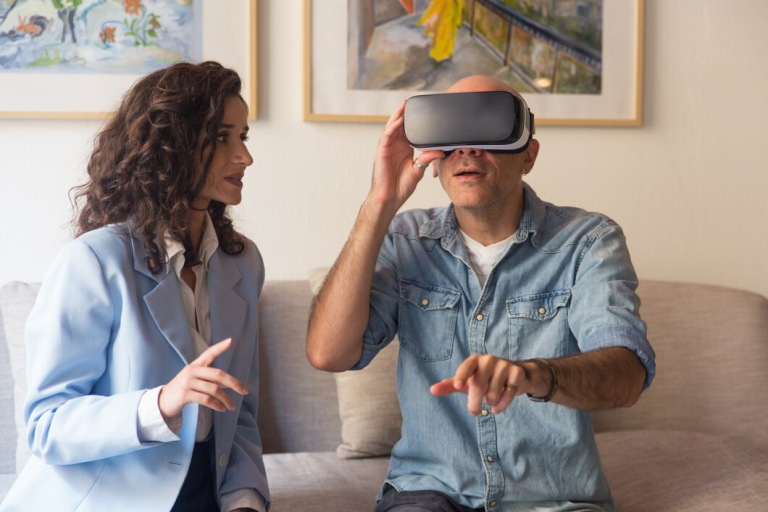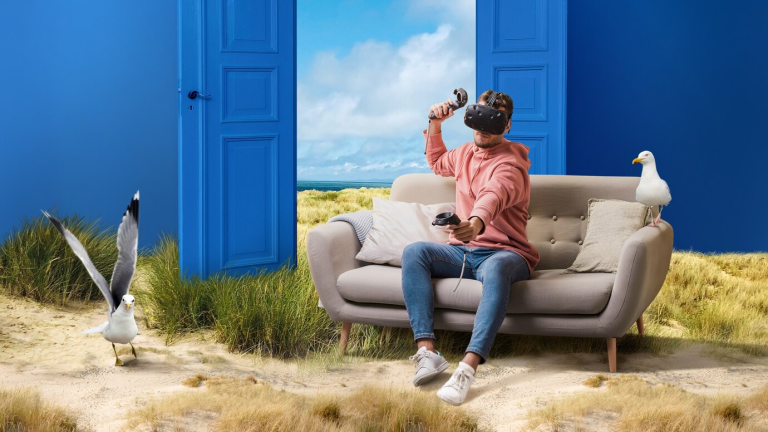It’s been over 50 years since Bob Dylan’s iconic song, “The Times, They Are Changing,” and his words still ring true today.
Buildings have changed so much, and so have the tools used by architects. We have gone from sketching on a piece of paper to using 2D CAD on computers.
Now, thanks to Virtual Reality, we can create 3D models that are super detailed and dream up amazing designs – all thanks to VR architects in California.
The launch of PC-powered virtual reality headsets in 2023, like Oculus Rift or HTC Vive, was a breakthrough for consumer VR. Virtual reality in architecture blurred the boundaries between reality and fantasy, giving designers and clients the ability to experience depth, dimension, and emotion in a 3D environment that was previously only seen as 2D visualization.
Bob Frederick, one of the architects at the Los Angeles-based firm Rios Clearyi Hale, says that VR is becoming more and more popular in design. But there are still some worries, like having to take on more legal stuff and having to show clients what you’ve already done.
Cory Seeger, another architect, says that it’s all about timing. But even with those worries, VR still has a way of making clients and designers impressed. It gives them a new way to look at things, and it can lead to them rethinking things that they thought were too expensive.
The latest design tech is making it easier and more affordable for architects to use visualization tools. According to a CGarchitect survey, 70% of architects already use or are planning to use virtualization, and 77% are experimenting or planning to use it.
This shows that virtualization is becoming more and more important in the architecture world. IDC predicts that the augmented reality and virtual reality market will be worth over $162 billion in 2020, and architects are taking steps to make sure their clients can have an immersive AR/VR experience.
Vrchitects: A Catalyst For Change For Urban Landscapes Of Menlo Park
At Vrchitects, we have been leading the way in transforming Menlo Park’s urban landscape. We are known for our innovative and sustainable designs that tackle the unique challenges of the Silicon Valley area.
We prioritize sustainability in our designs, as Menlo Park’s rapid growth has raised environmental issues like traffic and carbon emissions. We use green building techniques, energy-efficient design, and sustainable materials in our projects. We also emphasize community-centric design in Menlo Park, as the city’s landscape is changing quickly.
We want to create spaces that encourage interaction and community involvement. Plus, we understand the mix of tech and tradition that makes Menlo Park special. We want to make Menlo Park a leader in smart cities, using digital technology to improve the lives of its people.
Final Words
In conclusion, VR technology, as exemplified by Vrchitects, has revolutionized the way architects engage with their designs, fostering creativity, efficiency, and connectivity. This innovative approach is at the forefront of transforming Menlo Park’s urban landscape into a sustainable, community-driven, and technologically advanced urban center.






